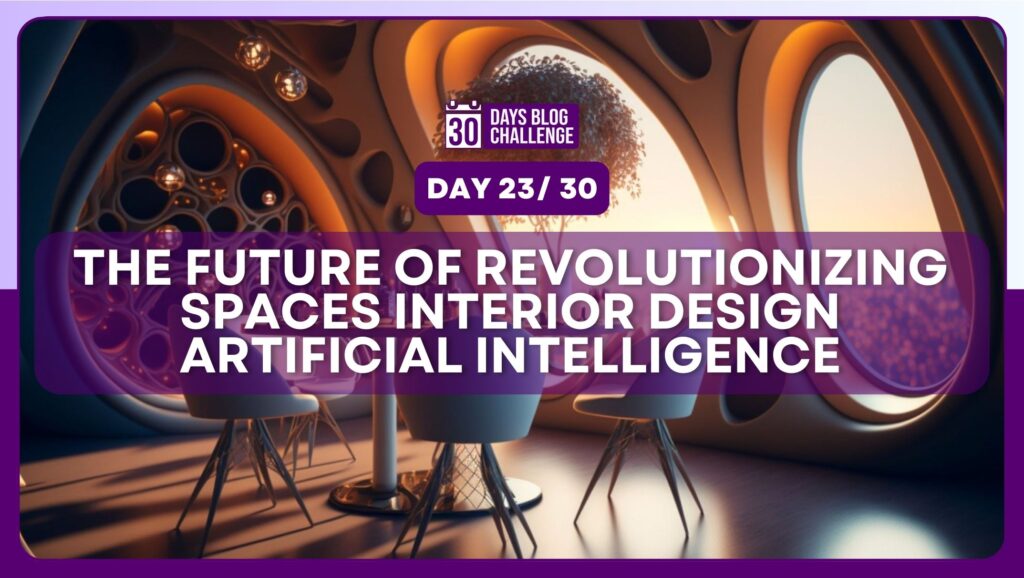The Key Elements of a Sustainable House Design
In today’s architectural landscape, sustainable house design has emerged as a pivotal solution to address both environmental concerns and the need for energy efficiency. This article explores the fundamental components of sustainable architecture, shedding light on how it shapes modern living spaces with a focus on ecological responsibility and resource efficiency.
What Is Sustainable Architecture?

Sustainable architecture represents a paradigm shift in the way buildings are designed, constructed, and operated. It encompasses strategies aimed at minimizing environmental impact while maximizing occupant health and comfort. This section delves into the principles and practices that underpin sustainable architecture, emphasizing its role in fostering resilient and environmentally responsible communities.
Why Is Sustainable Architecture Important?
The urgency of addressing climate change and resource depletion has elevated the importance of sustainable architecture. This segment elucidates the environmental, economic, and social benefits of embracing sustainable design principles, illustrating how they contribute to a more sustainable and equitable built environment.
What Are Sustainable House Designs?
Sustainable house designs encapsulate a spectrum of strategies aimed at reducing energy consumption, conserving resources, and promoting occupant well-being. From passive solar design to rainwater harvesting systems, this section explores the innovative approaches architects employ to create homes that tread lightly on the planet while enhancing the quality of life for residents.
Key Components of Sustainable Architecture and Housing Design
Delving into the core elements of sustainable architecture, this segment examines energy efficiency measures, water conservation strategies, and the use of renewable building materials. By elucidating the interplay between these components, it offers insights into how holistic design approaches can yield homes that are both environmentally sustainable and socially responsible.
Energy Efficiency in Sustainable House Design
Energy efficiency lies at the heart of sustainable house design, encompassing everything from passive design strategies to the integration of renewable energy systems. This section explores the various techniques architects employ to minimize energy consumption and maximize thermal comfort, highlighting their role in creating homes that are both environmentally sustainable and economically viable.
Water Conservation Strategies for Sustainable Homes
Water scarcity is a pressing global challenge, making water conservation a key consideration in sustainable house design. This segment explores innovative water-saving technologies and design principles, from low-flow fixtures to greywater recycling systems, showcasing their potential to reduce water consumption and mitigate the environmental impact of residential buildings.
Using Renewable Building Materials in Sustainable Architecture
The choice of building materials plays a crucial role in determining the environmental footprint of a building. This section examines the use of renewable and recycled materials in sustainable architecture, highlighting their benefits in terms of energy efficiency, carbon sequestration, and waste reduction. From reclaimed wood to recycled concrete, it showcases the diverse array of materials available to architects seeking to create environmentally responsible buildings.






